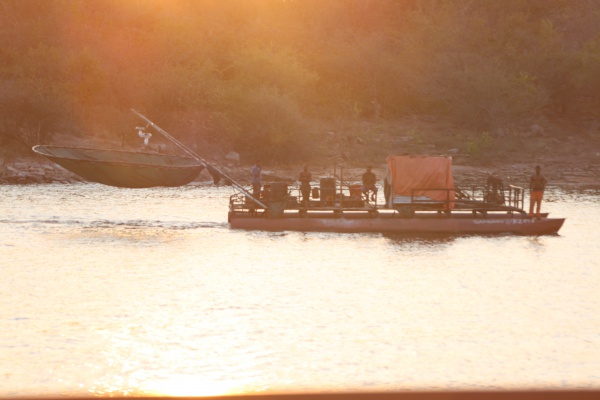Facts About Kapenta
The Tanganyika sardine, commonly known as kapenta or matemba, is a small fish indigenous to Lake Tanganyika in Zambia. These tiny, plankton-eating fish are crucial to the aquatic ecosystems of both Lake Tanganyika and Lake Malawi, where they primarily feed on copepods and occasionally jellyfish. Unfortunately, overfishing in recent years has jeopardized their populations.
There are two species of kapenta, with Limnothrissa miodon being successfully introduced to various other African lakes, leading to prosperous fisheries in locations such as Lake Kariba and Cahora Bassa.
Kapenta fishing typically takes place at night. Fishermen employ rigs equipped with LED lights or kerosene lamps to attract the fish, which are then caught using dip nets from depths of up to 40 meters. To address the declining fish numbers, some countries have implemented regulations on fishing in shallow waters and introduced licensing measures to manage the industry.
Kapenta is customarily dried in the sun and sometimes salted beforehand to enhance preservation. This dried fish is a staple food in many African communities, providing a vital source of protein that does not require refrigeration. It can be prepared in various ways, such as frying with onions, tomatoes, and groundnut powder, or marinating in vinegar and spices. Although frozen kapenta is available, it is generally more expensive than the dried variety. Besides being used as a food source, kapenta also serves as bait for the African tigerfish, a practice that is environmentally sustainable.

 Mozambique
Mozambique